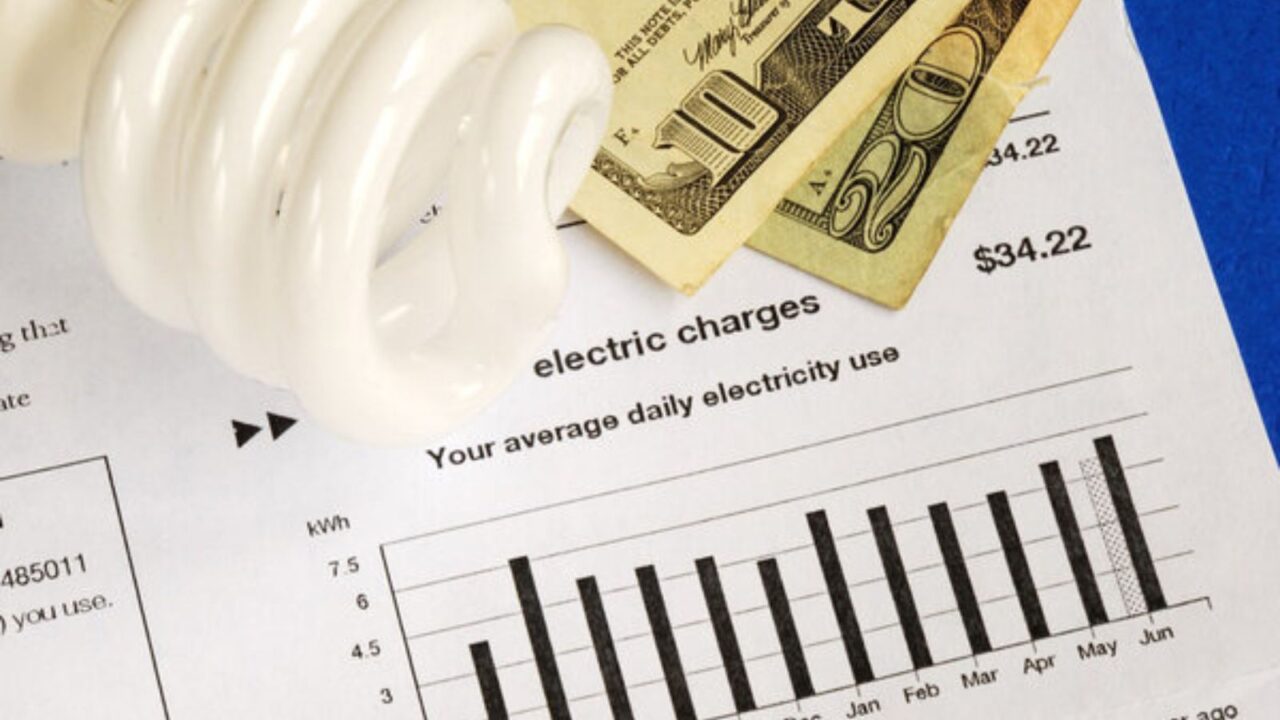
Why Your DIY Project Might Cost You More
DIY projects can be exciting yet risky. While you may try to save money by ditching professional help. However, unexpected costs, such as tool rentals, safety gear, hidden damage, or permit requirements, can cause even the simplest project to blow your budget.
It’s wise to be aware of common hidden DIY costs and seek practical tips on how to save money. Unless you don’t care about the money you might lose in hidden costs, give this piece a read.

Underestimating Tool Costs
What most people overlook during DIY projects is the cost of tools.
While basic repairs may only require common tools like a hammer or screwdriver that you already have at home, more complex tasks often need specialized equipment that comes with a hefty price.
Renting or borrowing tools from friends can help you avoid hidden costs. If you need to buy one, consider low-cost second-hand products.

The Cost of Mistakes
When you lack proper planning, you end up making mistakes more than usual. However, these mistakes can be pricey.
Incorrect measurements, cutting the wrong materials, or improper installations can result in spending more money correcting errors than on the actual project.
To avoid this, take time to research and practice before starting a project. Watching tutorials or consulting with a pro can help reduce the risk of costly errors.

Permits and Regulations
In case your DIY project is related to some home renovation, things can be a bit more complicated. Some, but not all, home repairs require permits. If you forget to get one before starting the project, it could lead to fines or, in the worst-case scenario, having to redo the work.
That’s why you should check local regulations before beginning any major home repair project, especially for electrical, plumbing, or structural changes. While the permit cost is an extra expense, it ensures your project meets safety standards, and saves you money in the long run.

Material Waste
When taking on a DIY project, it’s easy to miscalculate the amount of material needed, leading to waste. Whether it’s excess paint, leftover tiles, or too much lumber, unused materials add unnecessary costs.
Avoid this by carefully measuring and planning before purchasing. Additionally, look for stores that offer refunds on unused items.

Inaccurate Budgeting
Being a DIYer, it’s common to overestimate the total cost. Setting a clear budget should be a priority before starting a DIY project.
What DIYers overlook is small expenses like fasteners, adhesives, or sandpaper that add up quickly. Additionally, hidden issues like rot, mold, or outdated wiring may arise during the project.
Always add a cushion to your overall budget. Plus, it’s wise to research common pitfalls and hidden costs for your specific repair project beforehand.

Energy Costs
DIY repairs can increase your electric bills due to increased HVAC usage and other tools. For instance, replacing or repairing windows can result in a temporary increase in heating or cooling costs.
To mitigate this, consider working during moderate weather, so you won’t rely on the HVAC system as much. Additionally, try to work during daylight hours to save on electricity.

Neglecting Safety Gear
DIY or not, safety should be your priority throughout the process. Many people consider safety gear unimportant and think they can work without it.
However, you never know how small mistakes can lead to serious accidents. Accidents can lead to medical bills or even lost wages from missing work.
That’s why this is the area where you should not compromise. Invest in items such as gloves, goggles, masks, and protective clothing to prevent injuries. Look for more durable, long-lasting equipment that works for long terms.

Hidden Structural Issues
You might think having to hire a professional for an advanced inspection is unnecessary. But what if I told you that’s not the case?
During repair projects, especially on older homes, you may uncover hidden structural issues such as mold, water damage, or faulty wiring. These issues require immediate attention, potentially derailing your original budget and timeline.
To avoid being caught off guard, consider having a professional inspection before starting major repairs. Paying upfront fees to a professional can save you whole new expensive repairs later.

Insurance and Liability
Are you aware of your insurance policy? Does it include damage covers caused by repair works? Usually, that’s not the case when people are doing do-it-yourself projects.
If you accidentally cause a fire or flood, you could be financially responsible for the repairs.
The wise thing is to review your insurance policy and ensure you are covered for potential accidents. If you don’t have an insurance policy, and your project is quite complex, avoid the risk and hire a professional.

Improper Disposal of Waste
When you start a DIY project, there can be significant waste, such as old tiles and drywall, to hazardous materials like paint or chemicals. Improperly disposing of these items can harm the environment and result in fines.
To avoid this, research your local regulations on waste disposal and recycling. Furthermore, renting a dumpster or taking advantage of community waste disposal days can help manage waste effectively.

Time Costs
Are you wasting time in order to save some extra money? If yes, then change this habit right away.
In this economy, money can seem more important than time but over time spent on a project can take time away from paid work or family activities. Do you think it’s worth it?
To save your precious time, plan out each phase of your project, allowing extra time for delays. Additionally, don’t shy away from seeking help from friends or family to speed up the process.

Using Cheap Materials
Cutting costs by purchasing cheaper materials for your DIY project may seem tempting, but it can backfire.
Paying more for durable, high-quality products is often more affordable in the long run than repeatedly buying cheaper items that wear out quickly.
To prevent this backfire, research durable options for your specific project and take advantage of sales or bulk buying opportunities.

Renting Scaffolding and Ladders
Certain repairs, such as roofing or gutter work, scaffolding, or tall ladders, are must-have products. However, Renting this equipment can be costly, while buying it might not be feasible for one-time projects.
To save money, compare rental costs from various sources, and consider renting for only the necessary days rather than long-term. Even if you don’t use it but keep it for one extra day, it will add up unnecessary fees.

Reputation vs. Reality
We all agree that YouTube tutorials make DIY projects seem like an easy thing. However, you have to understand it’s not their first time doing that DIY project unlike you. Also, they often don’t account for the complexity of your specific home or situation.
Attempting a repair based on an oversimplified guide may lead to mistakes or damage, ultimately costing more to fix. Before relying on a YouTube video, thoroughly research the project and cross-check with more professional sources.
You can check online stores for seasonal sale DIY Upgrades with Top Tools Deals to grab some important daily use tools for your project.

Hidden Cost of Home Decor
Just like home repairs, DIY decor projects can also come with unexpected expenses. For instance, underestimating the cost of paint or decor items, these hidden costs can quickly pile up.
By budgeting for unexpected costs and doing thorough research, you can save money and avoid frustration in both repairs and home décor. Explore Unveiling the Hidden Costs of Home Decor for more information.